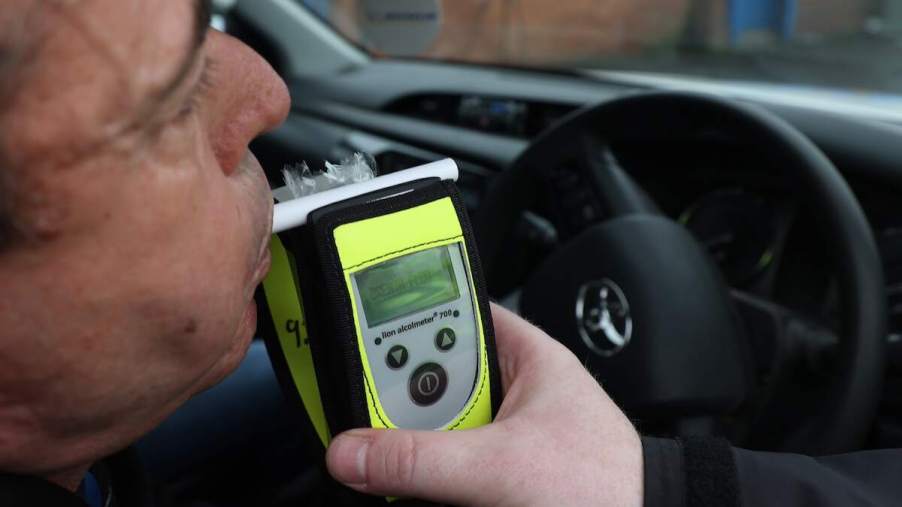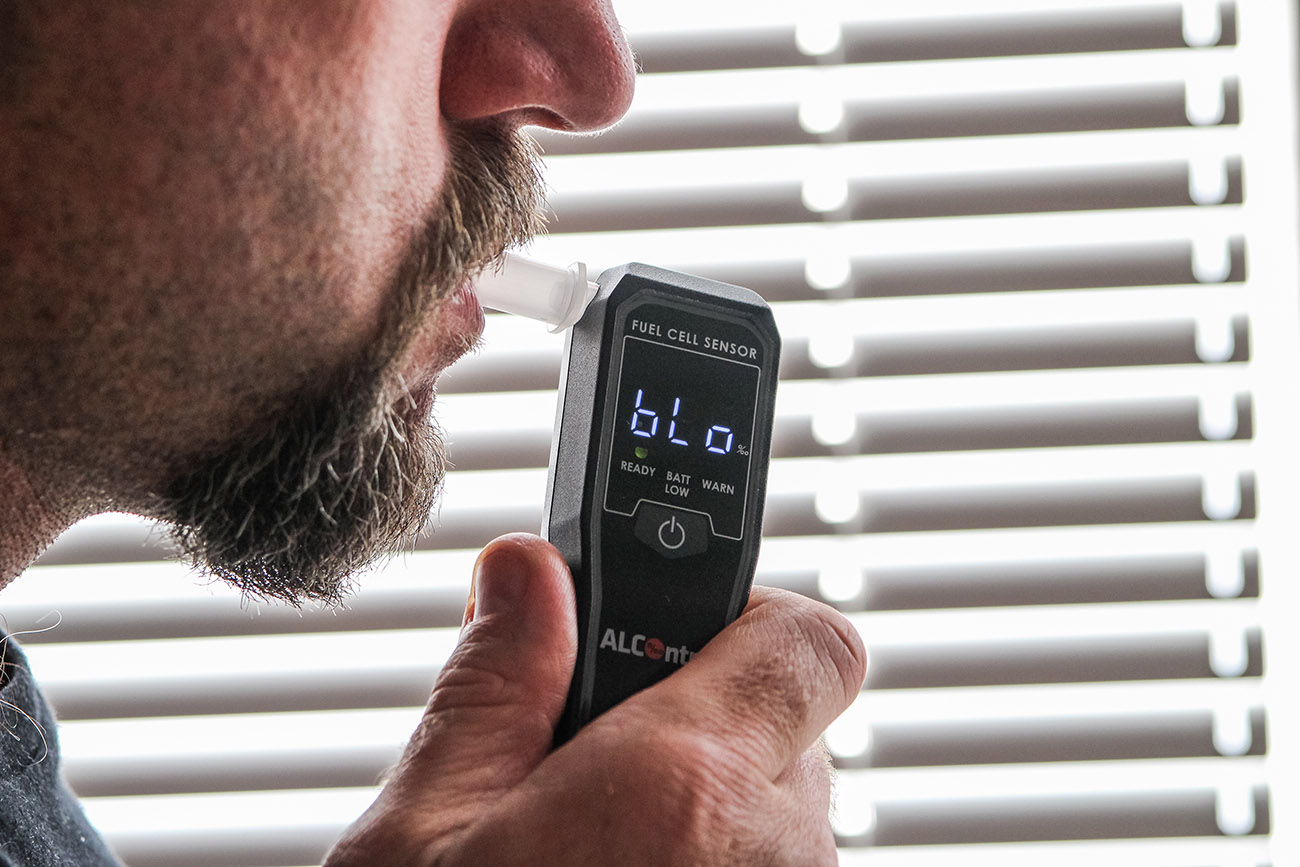
Is It Possible to Fail a Breathalyzer Test While Sober?
Most drivers know about breathalyzers. Police officers use these devices to determine if a motorist is driving under the influence of alcohol. The tests measure a person’s blood alcohol content (BAC) through a breath alcohol concentration test. Breathalyzers are valuable tools in combating drunk driving, but a driver could still fail a breathalyzer test, showing significant alcohol in their system, despite being completely sober. We’ll delve into how breathalyzer tests work, factors that affect BAC levels, and potential false positives.
How does a breathalyzer work?

A breathalyzer is a device designed to measure the concentration of alcohol in a person’s breath. It works on the principle of alcohol vapor in the breath being proportional to the alcohol concentration in the blood. When a person consumes alcohol, it is absorbed into the bloodstream, and a portion of it is expelled through the breath, which is what breathalyzer tests detect.
BAC levels and legal limits
Blood alcohol content (BAC) measures the amount of alcohol in a person’s bloodstream. It’s usually expressed as a percentage. Typically, 0.08% BAC or higher is illegal in all 50 states. However, even levels below that limit can impair a person’s ability to drive safely.
How could you get a false positive on a breathalyzer test?
Breathalyzer tests are typically reliable, but various factors can lead to false positives, causing a sober individual to register a higher BAC. According to Maher Law Firm, factors include the following:
- Substances in the mouth: Certain substances, such as mouthwash, chewing gum, or breath fresheners containing alcohol, can briefly elevate BAC readings.
- Equipment problems: Breathalyzer devices are sensitive instruments that require regular maintenance. Equipment malfunctions, like a bad battery, software glitches, or the need for recalibration, can lead to inaccurate results.
- Test timing: A 15-minute rule suggests a person should not ingest anything or regurgitate within 15 minutes before taking a breathalyzer test. Violating this rule could yield inaccurate results.
- Medications and medical conditions: Some medicines, such as asthma inhalers and cough and cold remedies can influence BAC readings. Certain medical conditions, like diabetes, might also affect breath composition.
- Diet and foods: Consuming foods like hot sauces, nonalcoholic beer, energy drinks, and fermented beverages can temporarily raise BAC levels. Additionally, a low-carb diet might affect how the body metabolizes alcohol.
- Environmental factors: Chemicals in the air, such as paint fumes or dust, can interfere with breathalyzer results, especially in industrial or polluted environments.
What other factors affect blood alcohol content?
Aside from potential false positives, various factors can influence BAC levels in individuals:
- Body fat percentage: People with higher body fat percentages tend to have lower BAC levels because alcohol is less soluble in fat than in water, leading to lower alcohol distribution in the body.
- Gender: Women often have a higher BAC than men after consuming the same amount of alcohol because individuals assigned to female at birth are typically smaller and have a lower water content.
- Food intake: Consuming alcohol on an empty stomach can lead to a quicker rise in BAC than drinking on a full stomach, as food can slow alcohol absorption.
Navigating the complexities of breathalyzer tests and BAC levels
Breathalyzer tests are essential tools for enforcing laws against drunk driving, but they have limitations. Understanding the potential for false positives and the various factors that can influence BAC levels is important. Law enforcement agencies and individuals should be aware of these factors to ensure fair and accurate assessments of impairment on the road.



